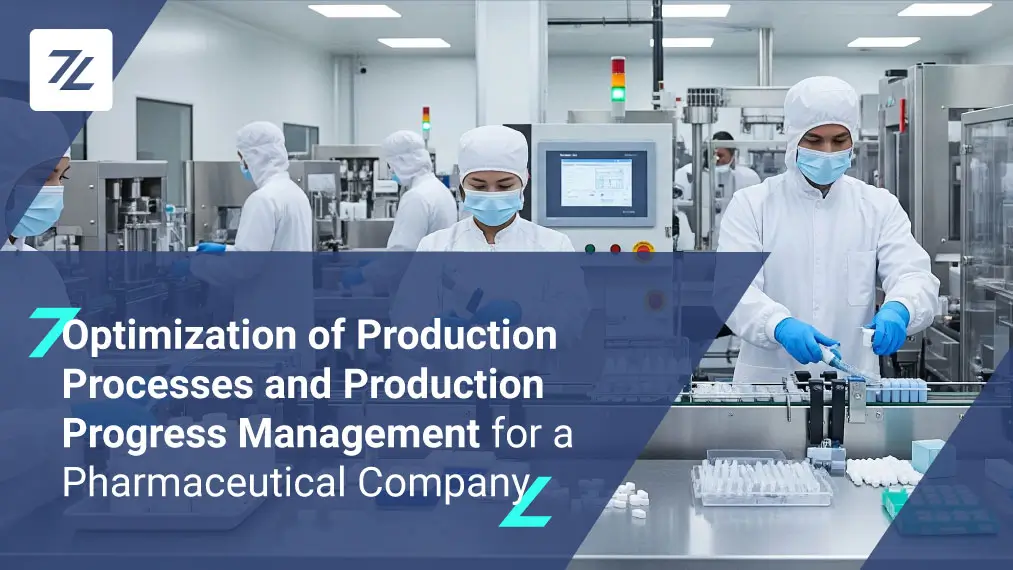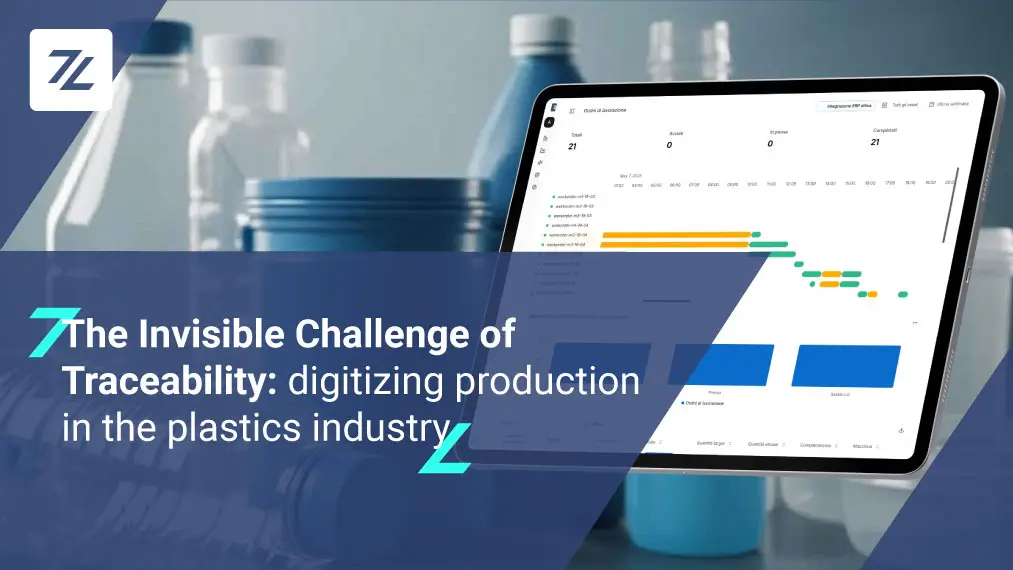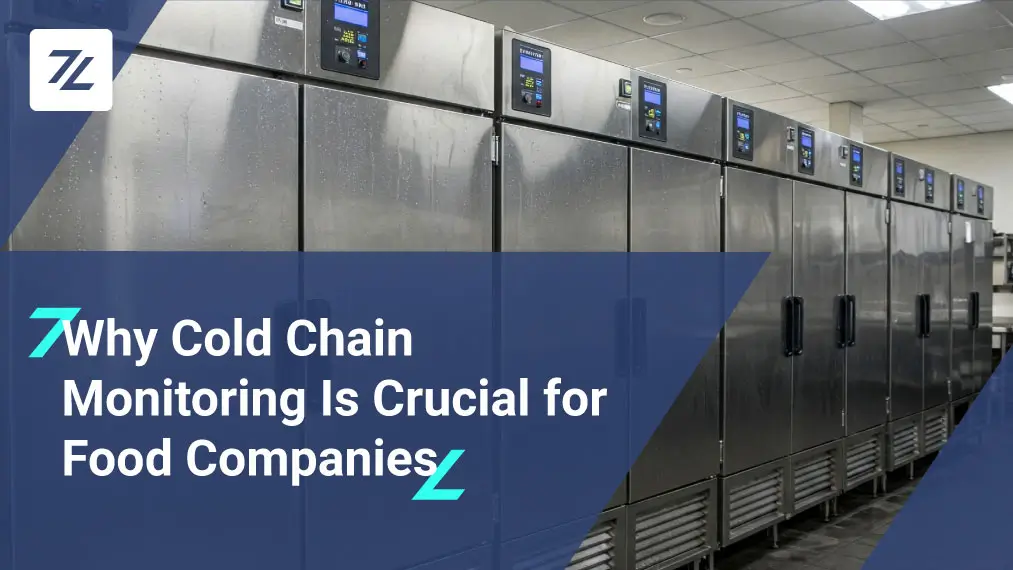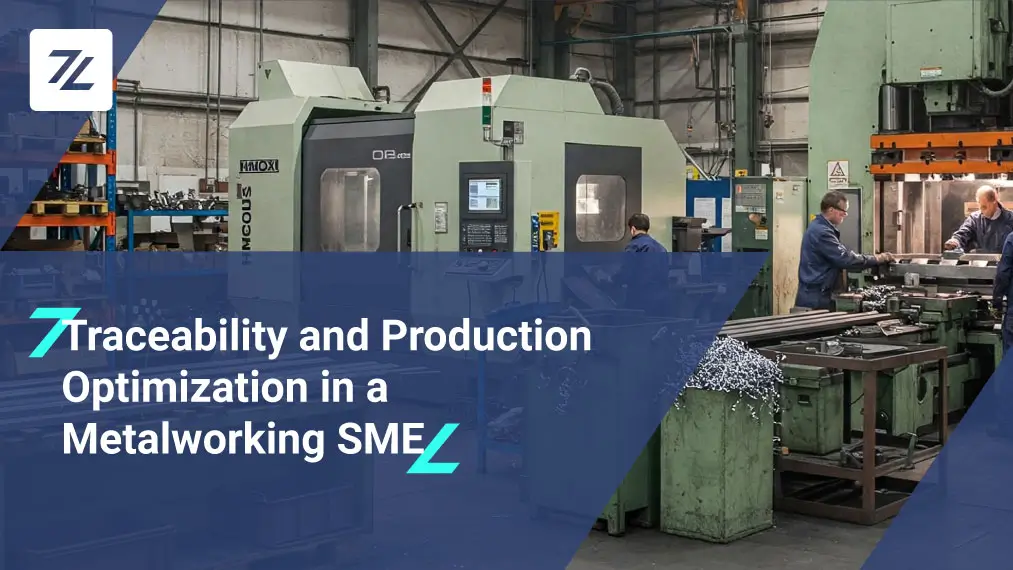Did you know… even though the implementing decree of the Transition Plan 5.0 is not yet online, there are some aspects that will definitely be implementable and that you will need if you want to access the incentives. Have you already read Annex B?
We discussed the opportunities offered by the incentives for Industry 5.0 and energy efficiency. Today, we will delve into how investing in photovoltaics, integrated with Zerynth’s IoT solutions, can not only make your plant greener but also optimize your economic returns thanks to available tax incentives.
Continue reading to learn more!
Photovoltaics in the Industrial Landscape
With the goal of promoting sustainable practices and reducing the carbon footprint, photovoltaics presents itself as an ideal solution for industries. Integrating photovoltaics into your plant means not only contributing to the preservation of the planet but also significantly reducing energy costs.
Adopting photovoltaics in an industrial setting indeed allows for a significant reduction in energy costs: on-site energy production eliminates many charges associated with the transportation of energy and its distribution, ensuring a constant energy supply at almost zero cost once the initial investment is amortized.
Furthermore, using solar energy helps to stabilize long-term energy costs, protecting the company from fluctuations in energy prices.
The Industry 5.0 Decree, an integral part of the Transition Plan 4.0, frames the investment in sustainable technologies such as photovoltaics within a broader vision to promote innovation and sustainability in Italian industries. This decree supports the adoption of advanced technologies, including those for renewable energy production, to make businesses more competitive, efficient, and environmentally friendly.
Through tax incentives, such as the tax credit for investments in new capital goods, the decree aims to stimulate investments in green energy solutions like photovoltaics, recognizing its crucial role in reducing the ecological footprint of companies and improving energy efficiency. In this way, photovoltaics is valued not only as a sustainability tool but also as a strategic lever for innovation and continuous improvement in industrial production processes.
How Zerynth Optimizes Investment in Photovoltaics
If you are considering renovating your plant, combining investment in industrial machinery with that in photovoltaics with Zerynth may be a winning move. It would not only improve the efficiency and sustainability of your production but also allow you to maximize economic returns thanks to favorable tax incentives.
Thanks to Zerynth, you can recover 40% of the investment in your new machinery, including those dedicated to photovoltaic energy production. With our platform, which is among the few capable of integrating photovoltaics with industrial IoT, investing in photovoltaics not only supports your transition towards a greener industry but also becomes economically advantageous.
Industry 5.0 and How to Access Tax Incentives with Zerynth
To obtain incentives from the Transition Plan 5.0, companies must invest in goods indicated in Annexes A and B of the Transition Plan 4.0. It is crucial for companies to:
- Make an investment in at least one of the capital goods, both tangible and intangible, listed in Annexes A and B of the Transition Plan 4.0.
- Integrate these goods into the company’s production management system or supply network.
- Include these goods in an innovative project aimed at reducing energy consumption.
- Ensure a reduction in energy consumption of at least 3% of the national production structure’s energy consumption or at least 5% of the energy consumption of the processes involved in the investment.
Annex B, dedicated to software, is expanded to make it eligible for incentives. This includes software for constant monitoring of energy consumption and energy efficiency through IoT sensors, like the Zerynth solution. Also, considered eligible are business management software if purchased together with the software, systems, or platforms mentioned in letter a).
Below, we report the rates based on the percentage of reduction in energy consumption to access incentives based on the amount of investment:
- Investments up to 2.5 million euros: percentages vary from 5% to 35%.
- Investments from 2.5 million to 10 million euros: percentages range from 15% to 25%.
- Investments over 10 million up to 50 million euros: percentages vary from 5% to 15%.
Share This Story, Choose Your Platform!
Follow Zerynth on
Latest Posts




